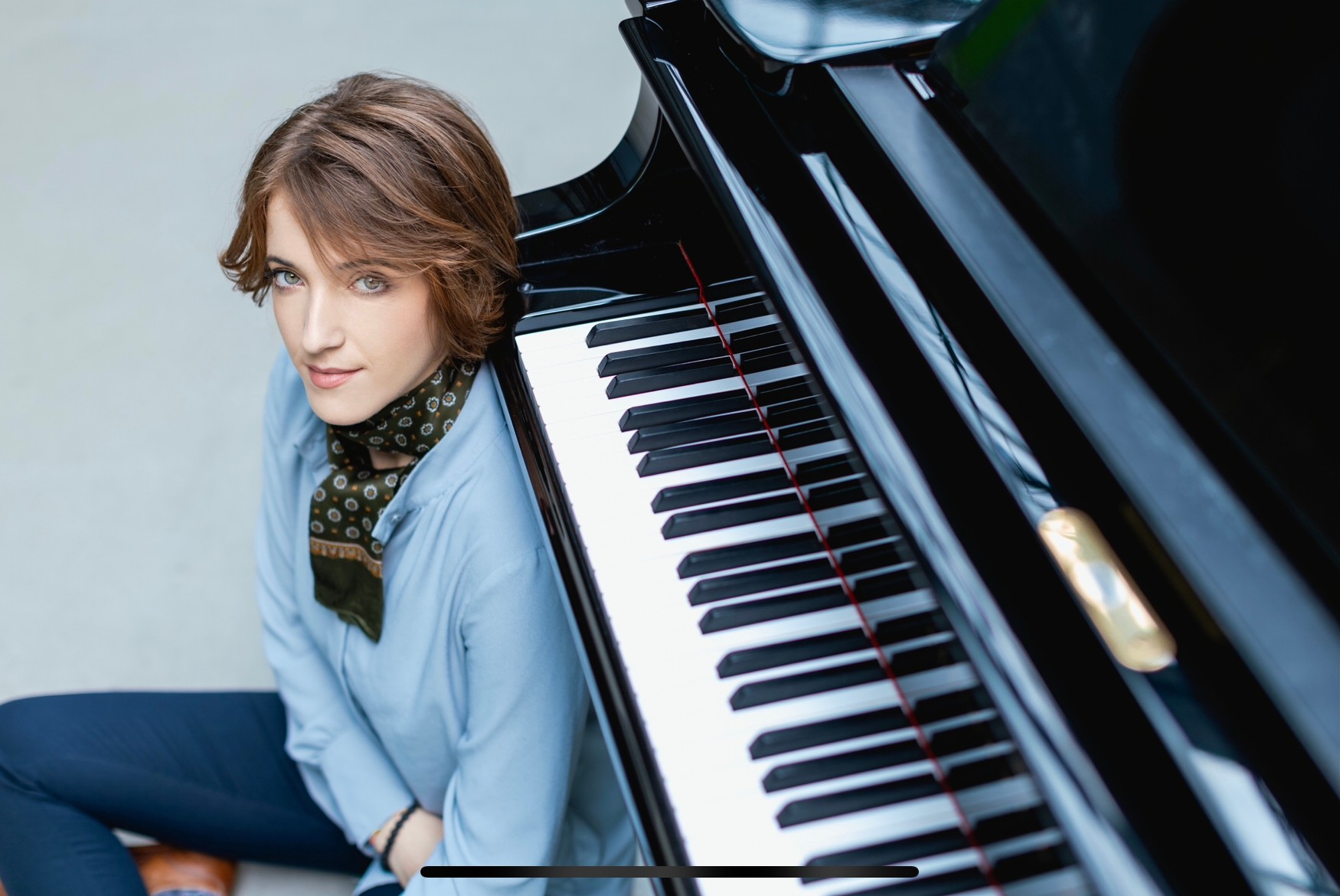We recently connected with Alexandra Balog and have shared our conversation below.
Hi Alexandra , thanks for joining us today. What’s been the most meaningful project you’ve worked on?
Altalena was born out of a very personal search: a desire to create a space where deep artistic work, cultural exploration, and meaningful human connection could coexist. The idea came to life during a period when I was reflecting on how fragmented and transactional the cultural world can feel—especially for artists who are constantly on the move, often without a true sense of belonging.
The project began in a small village called Bozsok, on the border of Austria and Hungary, as a music camp. It was originally designed for young musicians to study and rehearse intensively. Then the professors and us—the organizers—began to perform as well. Out of that spirit, the idea of a public festival naturally emerged alongside the camp. It quickly grew into a week-long event that was much more than a series of concerts. We brought together musicians, writers, dancers, philosophers, and curious audiences during the coming years. We rehearsed and performed, but also shared meals, hiked, cooked together, discussed literature, and stayed up late talking under the stars. There was a sense of community that reminded me why I fell in love with the arts in the first place.
Last year, we took Altalena to Tuscany, launching a second edition as a summer academy in a beautiful hill town in Italy called Colle di Val d’Elsa. There, too, it wasn’t just about producing artistic work. It became a space of mutual care, exploration, and inspiration. The feedback we’ve received—often unprompted—has been deeply moving. People describe it as a kind of homecoming, a pause from the speed of everyday life.
What makes this project most meaningful to me is that it’s not just about producing events—it’s about creating a cultural atmosphere that feels human. It’s also where many of my identities meet: artist, curator, educator, organizer, and seeker. I feel like I’m building a world I want to live in.

Awesome – so before we get into the rest of our questions, can you briefly introduce yourself to our readers.
I’m a classical pianist, and founder and artistic director of Altalena – working at the intersection of music, education, and community-building. My work spans artistic performance, program design, and the creation of intimate, interdisciplinary spaces where people can come together around meaningful cultural experiences. I’m originally from Hungary, but my work and collaborations have always been international—bridging different languages, regions, and traditions.
My path into this field wasn’t linear. I trained as a classical pianist, which gave me a deep foundation in discipline and craft, but early on I realized I was equally drawn to the context around the performance—the conversations, the ideas, the people involved. I’ve always been curious about the role of the artist beyond the stage: How can we create ecosystems that support reflection, imagination, and connection? That curiosity has led me to organize festivals, design educational programs, collaborate with schools, and build communities around artistic work.
One of the main things I do now is create and curate cultural projects—like the Altalena Arts Festival, which I founded. Altalena is a good example of what I strive for in all my work: it’s an environment where artists, audiences, students, and thinkers come together not just to consume culture, but to participate in it. It includes both public events (like concerts and performances) and more intimate, process-oriented activities like workshops, readings, and discussions. I also work closely with international schools, music students, and cultural travelers, offering tailor-made experiences that combine artistic depth with human connection.
What I offer is not a traditional “service” in the business sense. Instead, I see my work as building cultural infrastructure—whether it’s for a festival, a school, a residency, or a community of artists. I help create experiences that are both intellectually engaging and emotionally resonant. This often involves curation, artistic direction, educational content design, and sometimes simply holding space for people to connect across borders.
What sets my work apart, I believe, is its relational quality. I don’t just present content; I create atmospheres. My projects are rooted in care, attention, and the belief that art is most powerful when it happens in community. I’m also committed to interdisciplinarity—bringing together music, literature, philosophy, nature, and everyday rituals in ways that blur the boundaries between art and life.
What I’m most proud of is the feedback I receive from participants—whether it’s a 16-year-old music student, a retired poet, or a teacher from abroad—saying that what they experienced wasn’t just a program, but a kind of home. That sense of belonging, openness, and creativity is what I hope defines my work.
For those who are new to me or my projects, I’d want them to know that I don’t just create events—I create cultural journeys. Whether you’re a musician, a learner, a teacher, or simply a curious person, there’s space in this world I’m building for you to pause, engage, and feel seen.
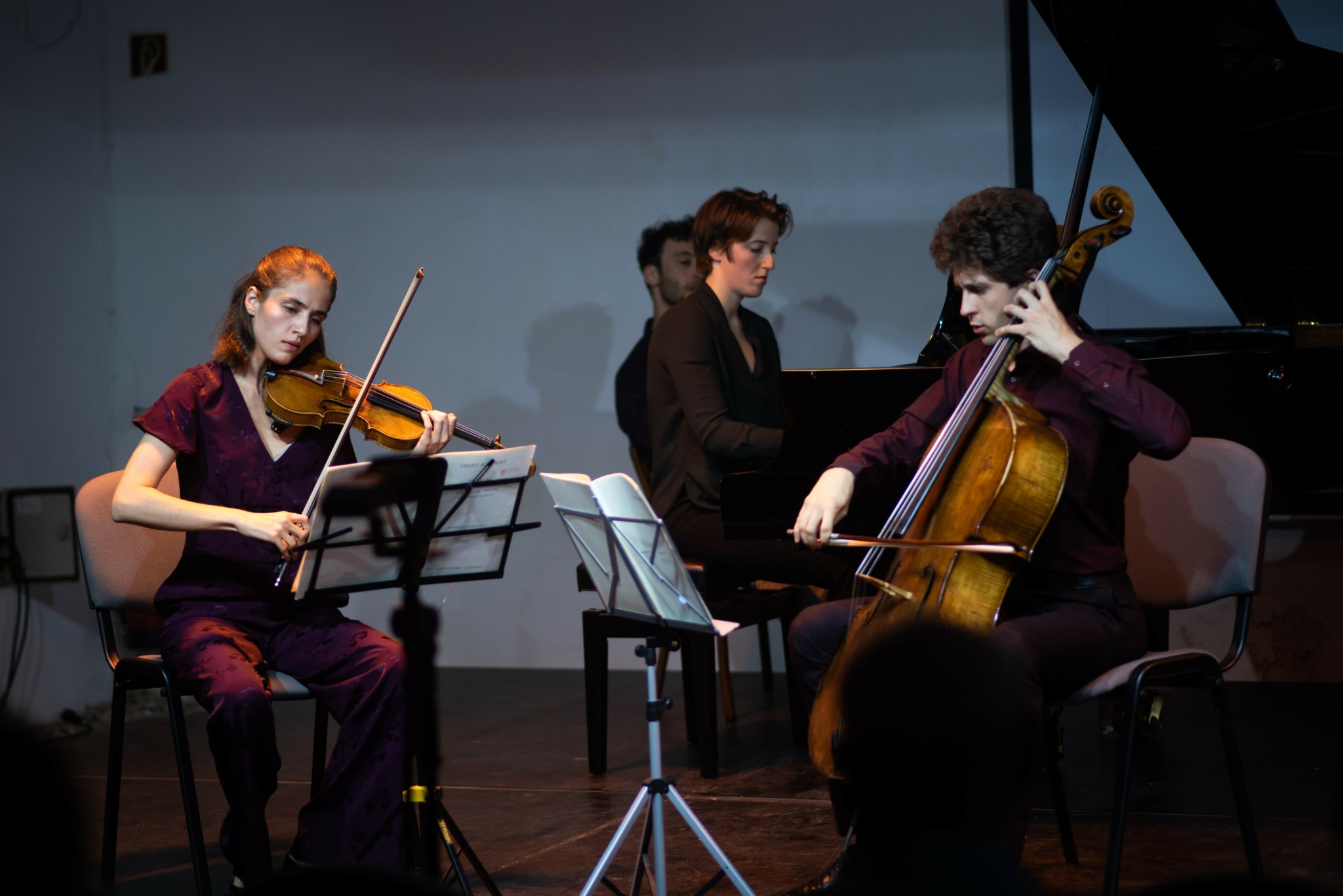
Are there any resources you wish you knew about earlier in your creative journey?
Yes—many! When I started this journey, I was only 18 when the idea first came to me, and 19 when we actually organized the very first edition of what became the Altalena Festival and summer camp. I had no professional background at the time, and no one in my immediate circle—family or friends—had experience in this field. So, I had to learn everything by doing.
Even now, more than 12 years later, I still come across ideas or tools that feel brand new and eye-opening. One major area I wish I had known more about early on is marketing and communication—specifically, how to present a cultural project in a way that clearly shows its value to others. Especially when it comes to support—financial or otherwise—it’s so important to communicate not just what you’re doing, but why it matters and what it brings to people. In the world of culture, especially in regions where the arts aren’t always prioritized, that kind of storytelling is essential, and I wish I had understood that from the beginning.
Another major lesson has been about collaboration and partnerships. If I had started building strong institutional and creative collaborations earlier, I believe they would be much more solid by now. Instead, I’m still in the process of building many of them—and I do feel I’m finally gaining the knowledge and language to do that better.
And finally, I would say I wish I had learned more about leadership and time management. Leading a team is a serious task, and it’s not always treated with the depth it deserves—at least not where I come from. Leadership isn’t just about having a title; it’s about the quality and consistency of the work you do, and the way you hold space for others. I’ve come to respect the kind of leadership that’s earned through dedication, not appointment. But the skills required—managing time, navigating interpersonal dynamics, supporting a team—these are things that should really be taught and valued from the start.
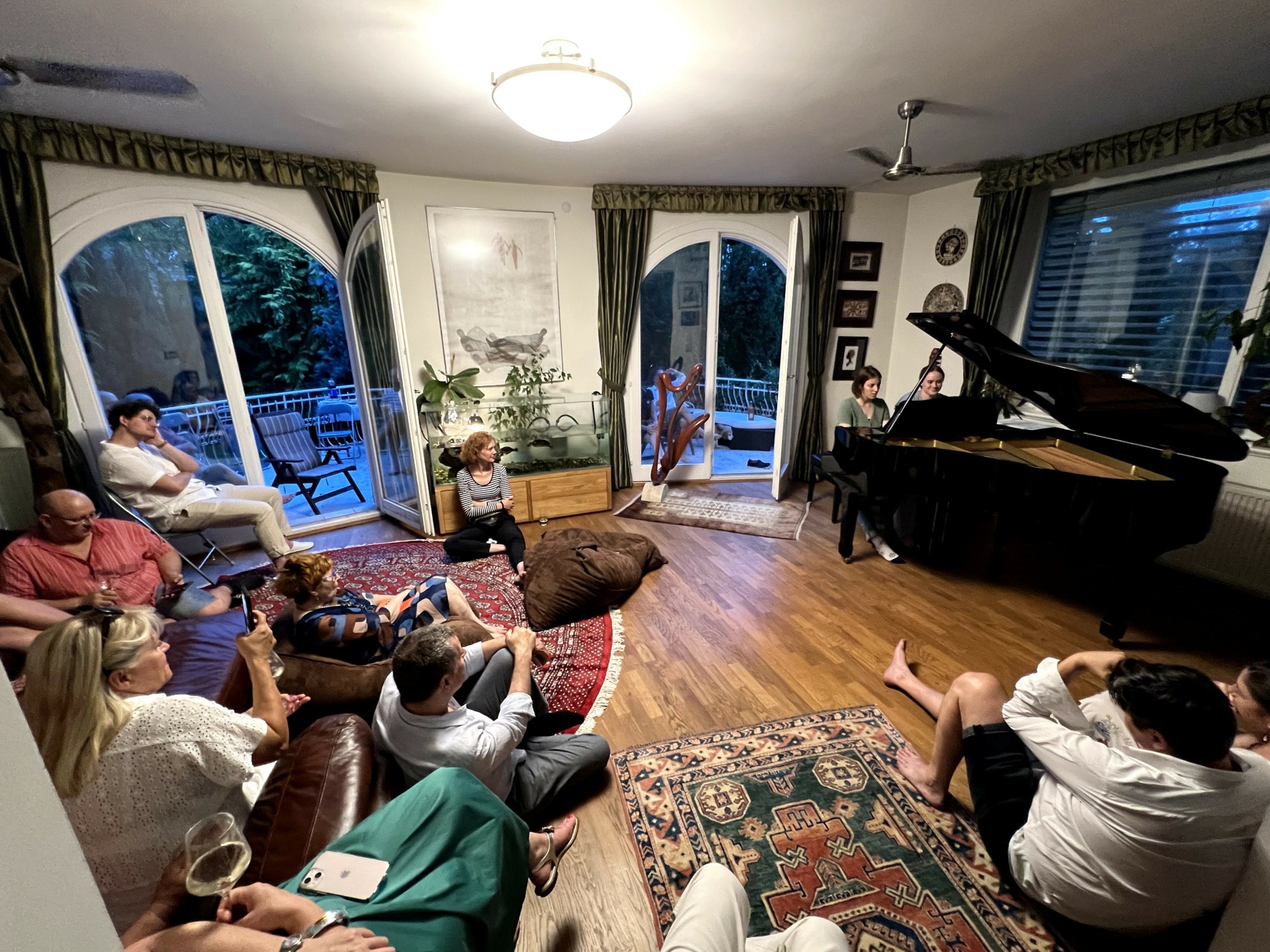
What can society do to ensure an environment that’s helpful to artists and creatives?
I believe one of the most powerful ways society can support artists and creatives is by investing in education. It all starts there. If children grow up in an environment where artistic experiences—concerts, workshops, encounters with practicing artists—are part of everyday school life, then they’re not only more likely to appreciate the arts, but also to carry that appreciation into adulthood. These early experiences can be life-changing, opening the door to reflection, imagination, and deeper forms of attention—qualities that are increasingly rare in a world where our focus and concentration are constantly under pressure.
So for me, it’s not just about supporting artists directly, but about cultivating the next generation of thoughtful, open-minded audiences. If we raise young people to value art and creativity, they’ll grow into adults who support the arts—whether by attending concerts, teaching their children to explore beauty and meaning, or even becoming supporters and patrons themselves.
On a societal level, I also believe we need to respect the arts not only as entertainment or leisure, but as a vital part of a healthy life and a healthy society. That means being curious, going to performances even if they’re unfamiliar, and approaching art with openness. As a classical musician, I always encourage people to simply show up—observe, listen, and see what it evokes in them. If it resonates, they might come back. And that’s how cultural ecosystems grow: one experience at a time.
When it comes to financial support, I think there’s still a gap in understanding—especially from companies or wealthy individuals—about how crucial even small-scale contributions can be. Many cultural projects, especially grassroots or independent ones, operate on very limited budgets. A donation equivalent to what someone might spend on a luxury item—a watch, for example—could enable an entire artistic program to happen. And it doesn’t always require huge sums; it just requires a bit of vision and flexibility.
Of course, sustainable systems are important too. Artistic organizations often lack the business tools to communicate their value effectively. So creating structures that combine artistic vision with smart, ethical business practices could help artists thrive without compromising their work. Ultimately, if art means something to you—if it’s inspired or moved you—then I believe there’s always a way to support it, even modestly. And that collective support is what makes a creative ecosystem truly sustainable.
Contact Info:
- Website: https://www.balogalexandra.com
- Instagram: https://instagram.com/alypianist
- Facebook: https://www.facebook.com/alypianist/
- Youtube: https://youtube.com/channel/alexandrabalog
- Other: https://linktr.ee/alypianist?fbclid=IwY2xjawJ6RqFleHRuA2FlbQIxMABicmlkETFPdmloZjBlRGdrQ08wTG1JAR7fqEVyy8-VZwygzAS3FicbaWBIkmLwyoS24McqDPdfpi9II5NlYn7eQ5qiuw_aem_1pDacswurehyOe6y-tAEhQ
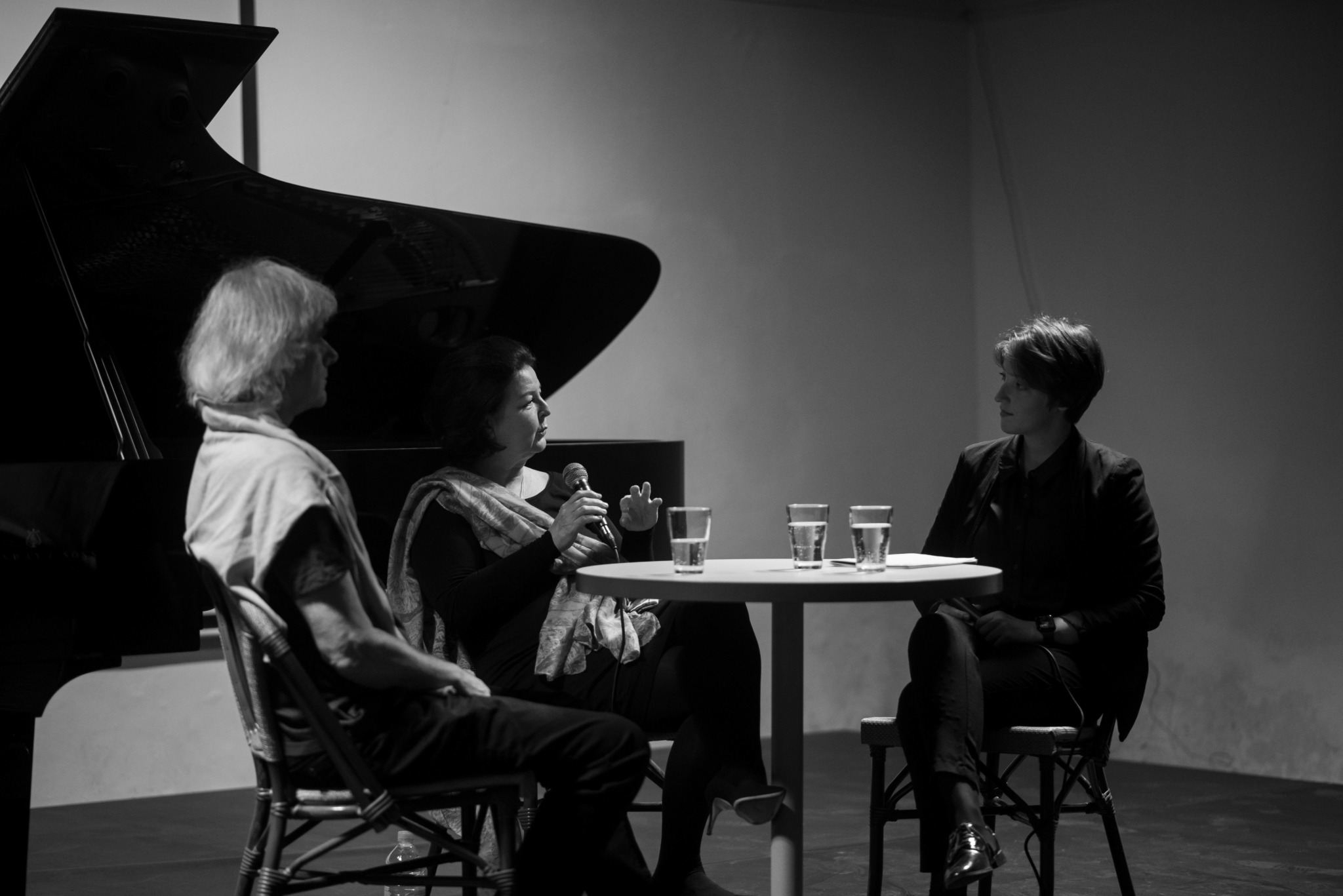
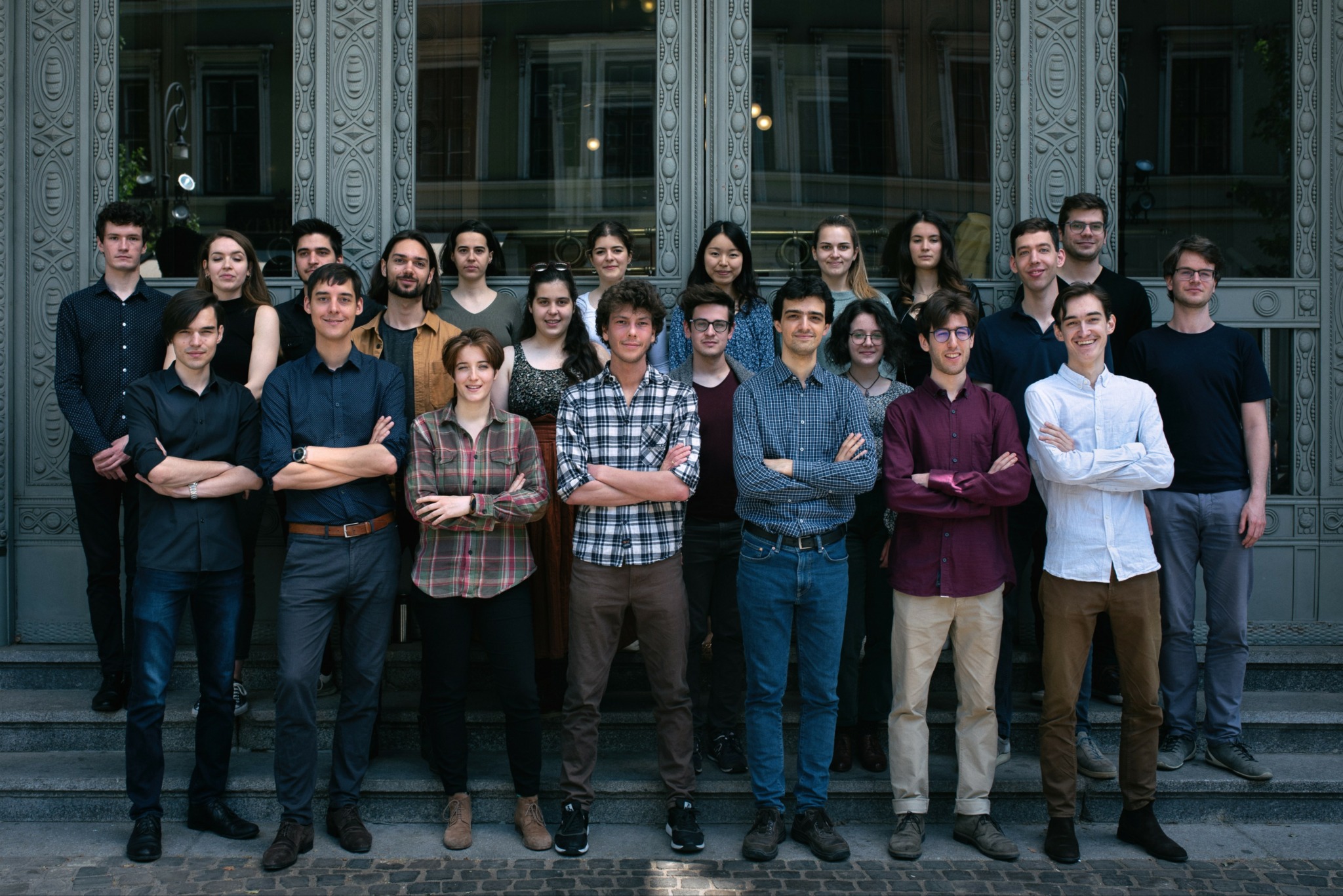
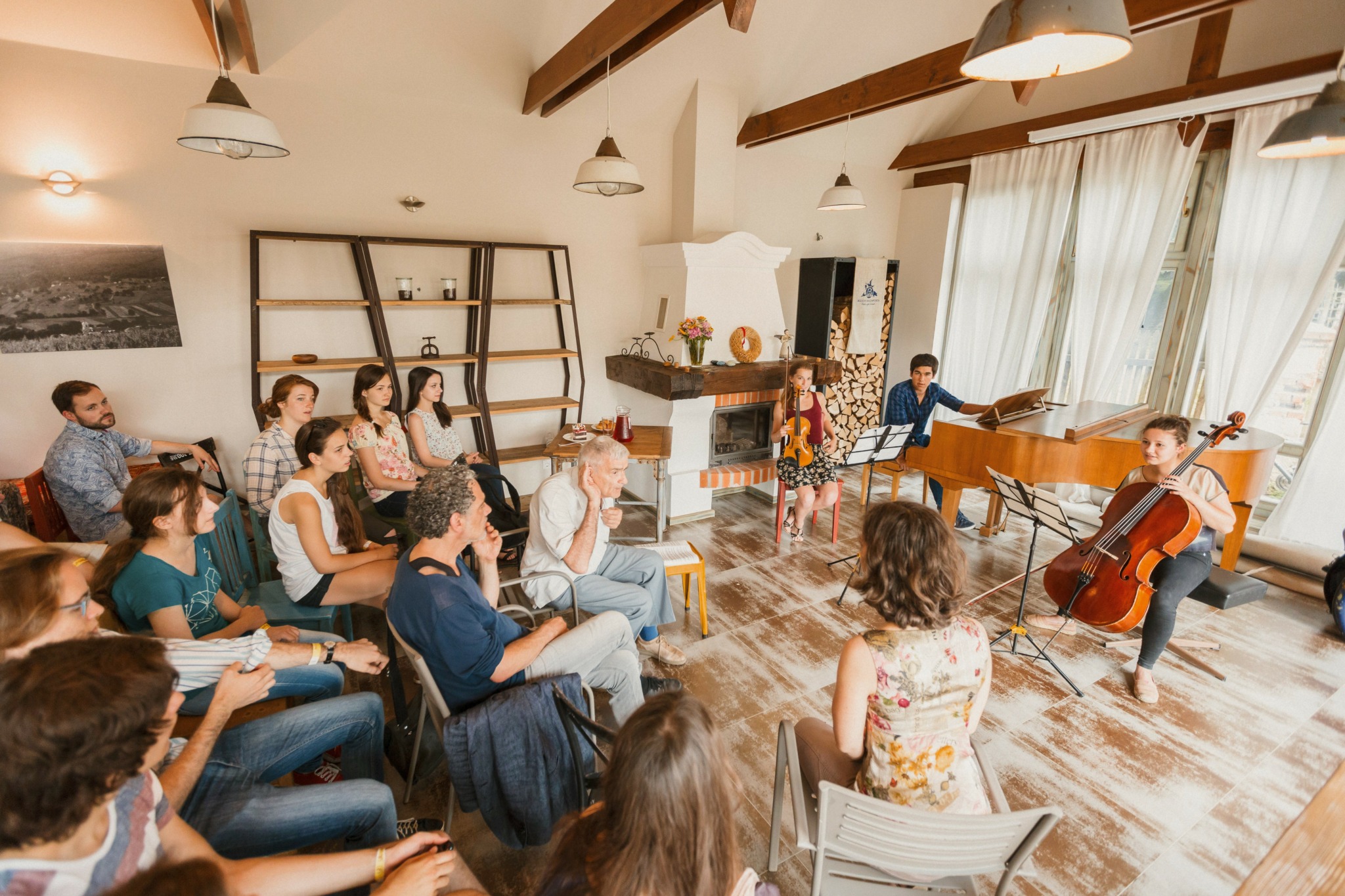
Image Credits
Portrait: Mihály Kondella
other: Botond Sepsi


